Last Shooter Sevens Out

Casino games tournaments are fun, and they can be profitable too. In upcoming articles, we will continue to publish a series of excerpts from Stanford Wong’s book, Casino Tournament Strategy.
This article covers the end game for sessions that end when the last shooter sevens out. It covers the last five or ten minutes, or five or ten rolls, before the last shooter is identified; it also covers bets made while the final shooter is rolling. The strategy is correct whether You’re playing in a tournament in a brick and mortar casino, such as in Las Vegas, or in an online casino.
Last Five or Ten Minutes Before Last Shooter Identified
At this point you should be BR*. (BR* means any bankroll position that advances to the next round, and BRN means the minimum bankroll position that advances to the next round. For example, if the top three winners per table advance to the next round, then BRN means BR3, and BR* means BR1, BR2, or BR3.You should have been either making small bets or correlating with your most serious competitor.)
If you are not BR* you should immediately risk all of your bankroll in an effort to become BR*.
Correlating to Stay BR*
Match the bets of your most serious opponent more closely than you had been doing earlier. Bet enough so that if your most serious opponent wins a bet, you stay ahead of him or her. If you have to make max bets to do that, make max bets.
An Alternative: Laying the Point
Correlating makes the most sense when you can stay BR* whether you win or lose, or when you have but one serious competitor. Sometimes you have multiple serious competitors and they are betting so heavily on the numbers that you must go virtually all-in if you want to correlate with them. If you do correlate with them and catch a 7, you will lose so much that others of your competitors will be ahead of you. If you cannot correlate with small enough place bets to stay BR* if a 7 rolls, then consider buying behind a number with a max bet.
The reason for making this bet is if you do not make big place bets, you need a 7 to keep your lead — if numbers roll, you will no longer be BR*. Since you need a 7 anyway, you might as well make a bet that gives you a few more chips if a 7 rolls.
The number to bet behind is the number that is being bet most heavily by your most serious opponents. Usually it is the point.
Here is an example. Two people advance, the maximum bet is $300, BR1 has $2000, and you are BR2 with $1500. Several others of your opponents have over $1200, have large pass-line bets with odds, and are making large come bets and place bets. Others of your opponents are still sitting on their $500 buy-ins. BR1 has $300 on the line and $600 odds. The point is 10. This is a good time to buy behind the 10 with $600 to win $300.
When You Are Not BR*
If you drop out of the BR* spot, you should immediately bet in a manner that gives you a chance to regain the BR* spot. This probably means going all-in on place bets; but it might mean making a max bet behind one number, or going all-in behind as many numbers as are required, or betting the 4, 9, 10, and field. This list is not all-inclusive. Whatever bets give you a chance, you make. One thing you should not do at this late stage is keep your chips in the rack if you are not BR*.
This article is part of a series, to be continued…
Excerpted with permission from Casino Tournament Strategy by Stanford Wong, edited for this format.

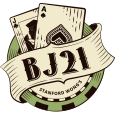



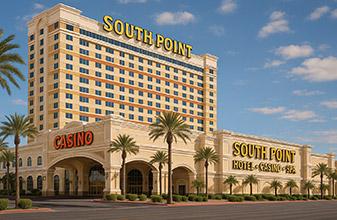

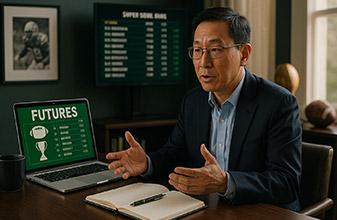
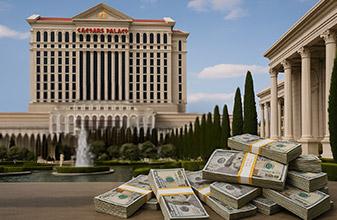
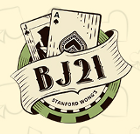

Please log in or register to leave a comment